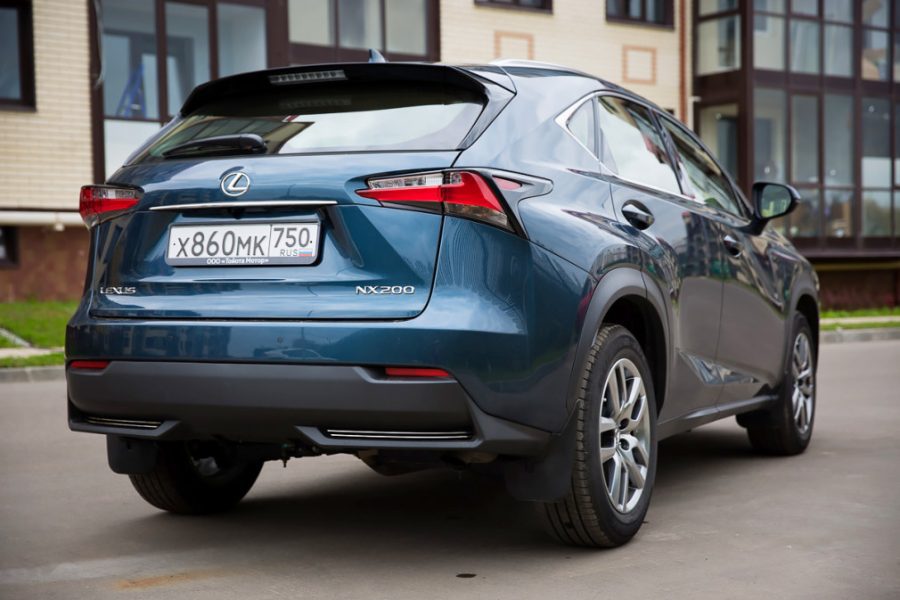
Test drive Lexus NX
Is it worth overpaying for a hybrid version of a crossover or a fairly basic one with a naturally aspirated engine ...
Lexus NX today is the most successful car of the Japanese brand in Russia. In the final months of 2015, crossover sales surpassed even the perennial leader, the RX. The NX starts at $ 26 and the most expensive hybrid version costs $ 659. Is it worth overpaying or is the option with a 39-liter naturally aspirated engine enough? We found this out by testing both modifications.
If the dynamics of the car for a potential buyer is in the top preferences, then he will be disappointed with the NX 200 version. The modest capabilities of the 150-horsepower crossover were mentioned by all the editorial staff who drove it. The model accelerates to 100 km / h in 12,3 seconds. On the same level as the Lifan Solano 1,8 (12,3 s), Fiat 500 1,2 (12,9 s), the slowest Octavia with a naturally aspirated 1,6 liter engine (12 s) or 3,0- liter Pajero on "mechanics" (12,6 seconds).
If you push the gas pedal with all the strength, the car will growl strained, drive the tachometer needle to a frenzy, but will not accelerate quickly. Moreover, in any of the three possible modes. Eco, Normal, Sport (models with the F Sport package also have Sport +) - the dynamics in them is absolutely the same, only the timbre of the "voice" of the engine and fuel consumption change. The good news is that no matter how you step on the gas, the car won't jerk. The box works very softly. Here, as, by the way, and on the hybrid version, there is a variator, and the "automatic" is only put on the turbocharged NX 200t.
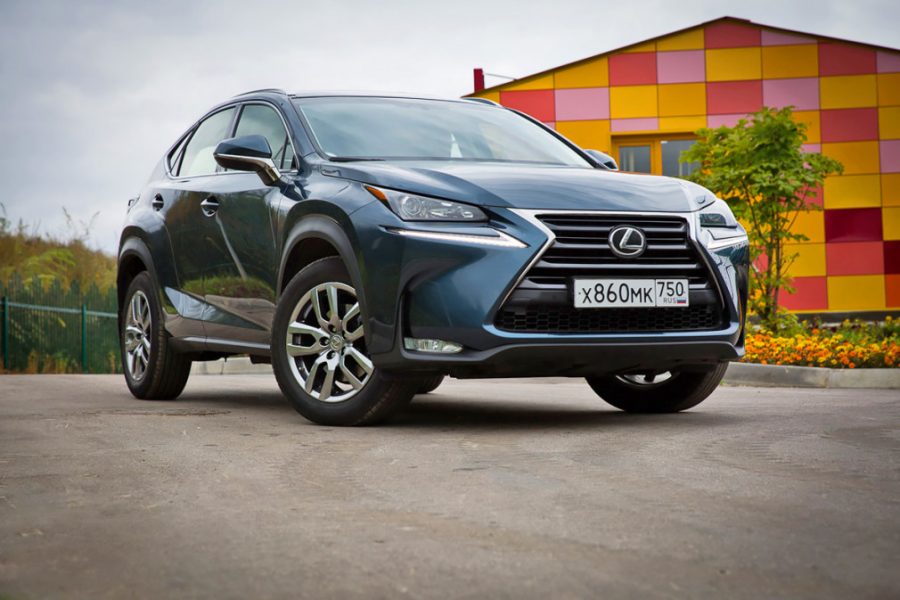
The heavier (1 versus 785 kg) hybrid is better than its atmospheric counterpart in all dynamic parameters. A 1L 650 hp petrol engine, a front electric motor (2,5 hp) and a rear electric motor (155 hp) form the power plant with a combined output of 143 hp. The claimed acceleration time to 50 km / h is 197 seconds. Feels like the difference is even more impressive. The NX 100h is much more responsive to the gas pedal, and the response delay of about half a second is felt only during kick-down. By the way, the hybrid version seems to be very fast not only against the background of the NX 9,3.
At first glance, there is no need to talk about savings in favor of a less powerful version either. Weak dynamics does not have a positive effect on the appetite of the crossover. According to the passport characteristics, it consumes 7,2 liters per 100 kilometers in the combined cycle, in fact - about 11,5 liters, and in the city - 13 liters. Even though we often had to be in traffic jams, this is a high figure. For example, the 181-horsepower Toyota Camry accelerates to 100 km / h in 9 seconds and eats the same 100 liters per 13 km. And this despite the fact that we had a mono-drive NX 200: the version with all-wheel drive is even more voracious.
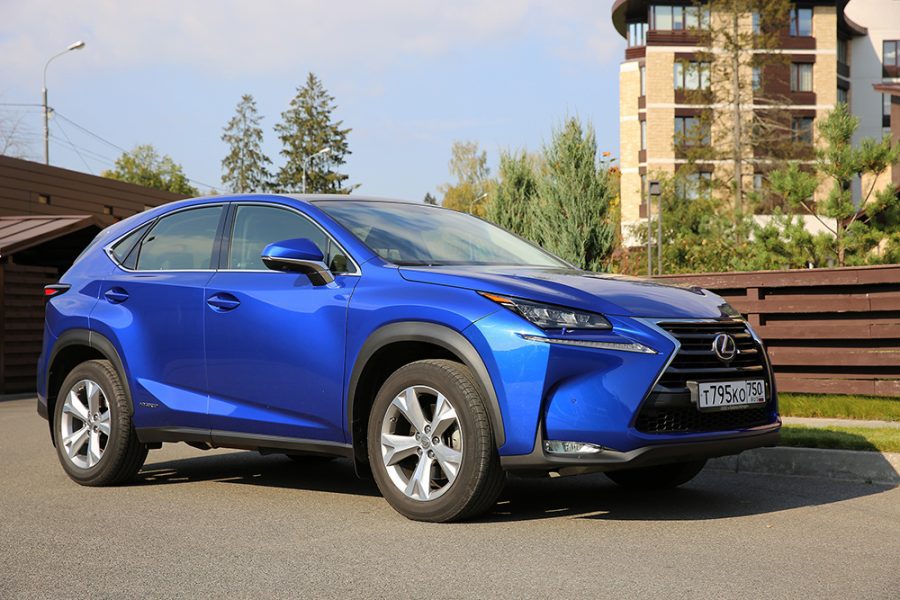
The hybrid is more economical even with all-wheel drive - the rear axle of the crossover has a multi-plate clutch, in the case of forced locking, the moment is distributed between the axles in equal proportions. Until the cold came, he spent about 100-9 liters of fuel per 10 km of travel in Moscow traffic jams. Then - about 11-12 liters. Brushes, seat heating, stove - all this increases consumption. In addition, at low temperatures, the NX 300h (like any car of this type) practically ceases to stall in traffic jams, which significantly increases its appetite.
However, the difference between the cheapest version of the naturally aspirated and hybrid NX is $ 8. With an average cost of a liter of AI-557, you can buy 95 17 liters of fuel. The NX 324 consumes about 200 liters more gasoline per 100 kilometers than the NX 3h. This means that in order to compensate for the price of the latter solely with the cost of gasoline, you need to drive at least 300 thousand kilometers.
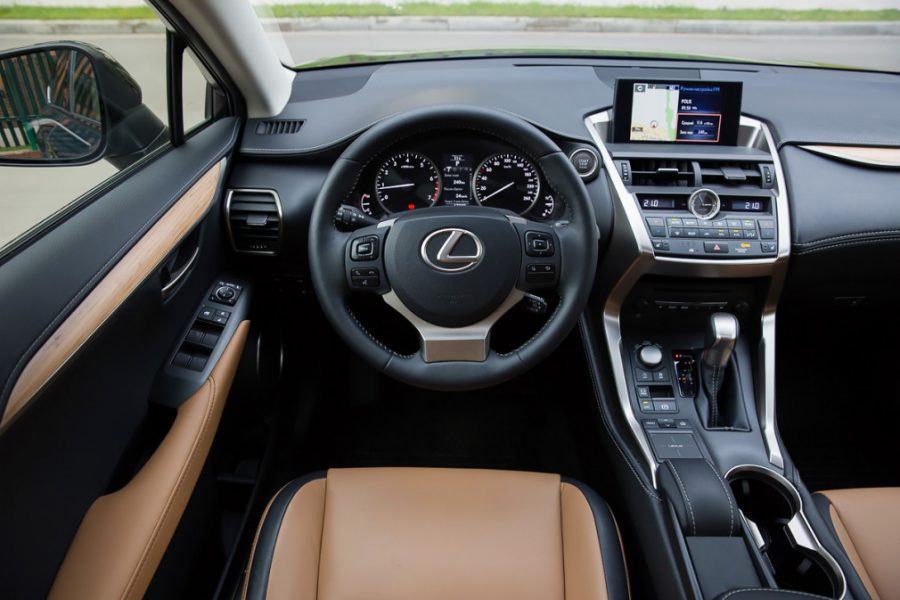
If for the buyer the dynamics is secondary, and the main thing when choosing a car is comfort, then the atmospheric version is more suitable. First, it is quieter. The difference in noise isolation is partly due to the fact that the NX Hybrid ran most of the test on noisier studded tires (surprisingly, it got stiffer on these tires). However, the howling of electric motors in the cabin can be heard anyway. Secondly, the NX 200 has much sharper and more informative brakes. In the NX 300h, they are traditionally “wadded” for hybrid cars because of the energy recovery system. The first time it is difficult to get used to it: it seems that you are pressing the pedal through a large pillow.
Understeer, a light but sharp steering wheel, slight rolls during maneuvers - all these crossovers have in common. There is no emphasis on suspension sports, but the NX is pleasant to ride, sometimes even fun, but not very comfortable. Lexus has long taught us that its cars are among the best in the class for this indicator. Sure, the NX is softer than its sister RAV4, for example, but premium rivals, especially Mercedes-Benz, are significantly more comfortable. On any bumps, joints, pits, hatches, the crossover begins to get feverish: the body trembles, shocks are transmitted to the seats. Driving off-road or even just on bad roads is not a pleasure, but a real challenge.
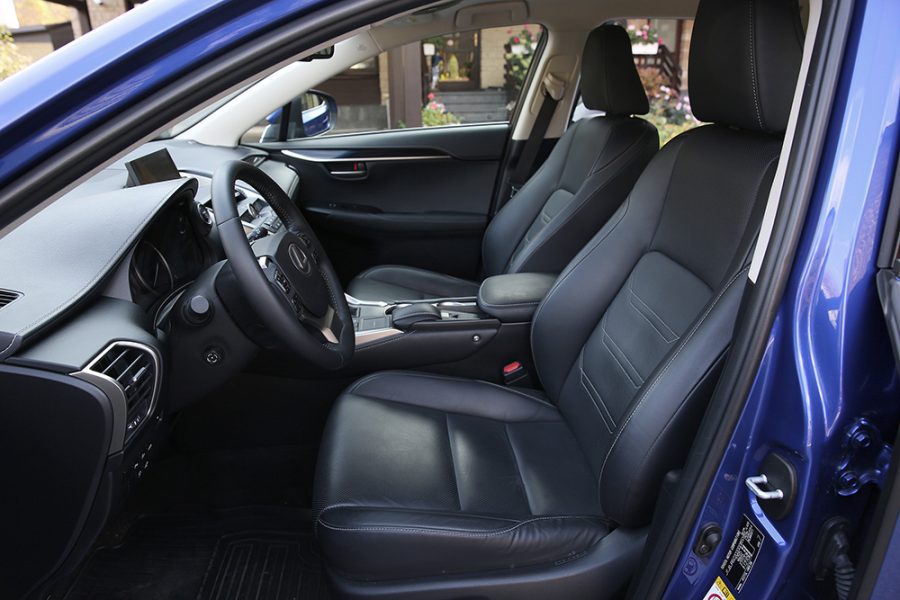
On a track with good coverage, the car behaves like an airplane that has gained altitude. It is at times like these that you can fully enjoy the fantastically comfortable seats. Everything is perfect in them: the profile of the backrest, support, the length of the cushion, the number of adjustments and the time it takes to find the optimal position of the chair.
Seating, stylish little things like an analog clock or a cosmetic mirror in the cushion to the left of the cup holders, very high-quality assembly with almost no gaps, excellent finishing materials, graceful lines of the front panel - there is nothing to overpay for: both versions of NX do not differ from each other in these indicators ... The main problem they also have in common: a display with outdated graphics and not too obvious control using a touch-sensitive touchpad. By the way, it's not clear why, but when the phone is connected via Bluetooth, a call is very quietly output (adjusting the volume helps, but as soon as the call ends, the music falls on you with an avalanche that destroys the eardrums). Their only difference is the instrument panel: on the atmospheric version it is standard, and on the hybrid it is digital and more informative.
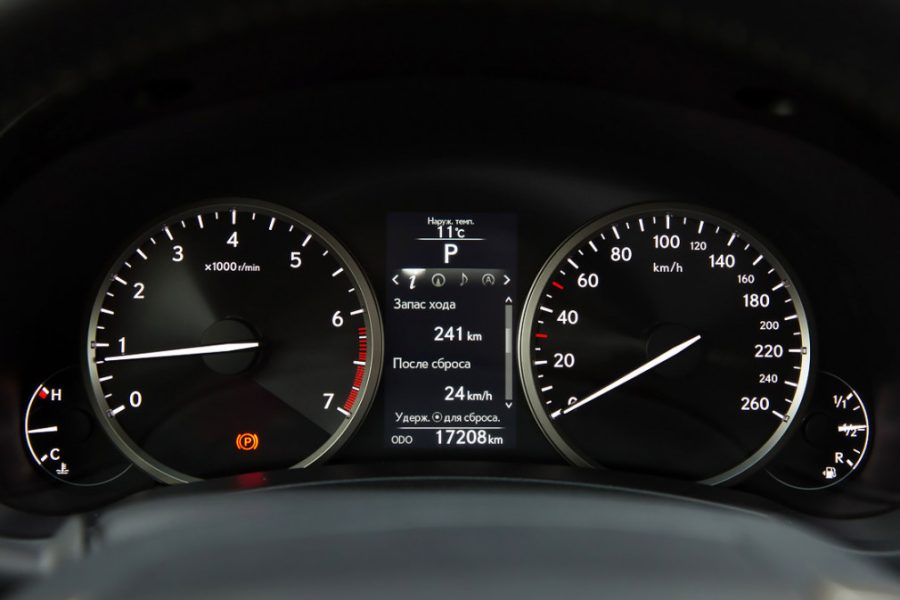
You can overpay for a hybrid for looks. At first glance, the cars seem to be exactly the same, but the NX 300h looks brighter due to small stylish elements. The hybrid has full diode headlights, while the NX 200 has only partial headlights.
Despite the need to place batteries in the version with an electric motor, the volume of the luggage compartment in cars differs by only 25 liters: 500 against 475 liters in favor of an atmospheric modification. The maximum space for belongings, which, by the way, thanks to the seat folding button can be obtained in just a couple of seconds, also differs by only 25 liters - 1545 versus 1520 liters. The problem with a low-set curtain, which sometimes interferes with loading luggage, is common among cars.
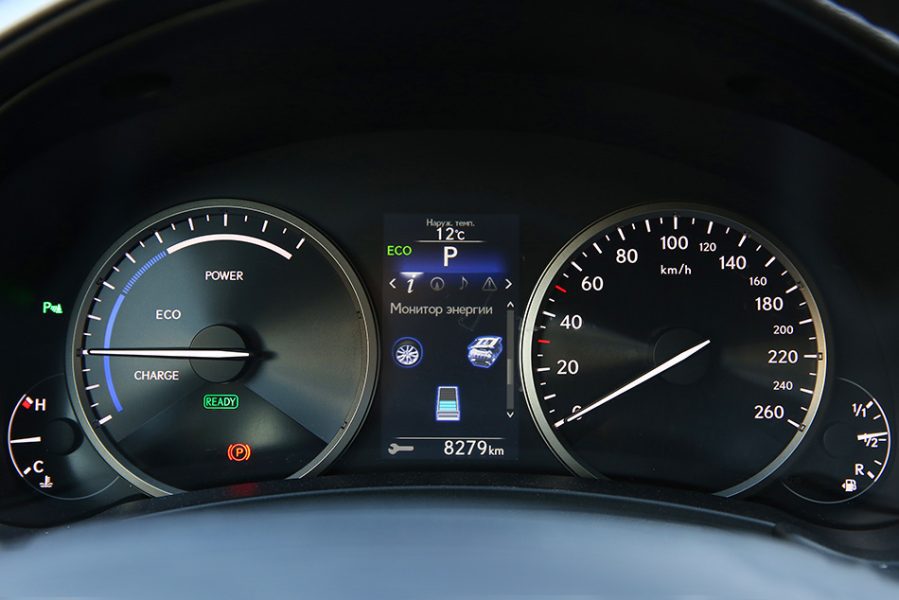
Finally, the NX 200 has another important advantage. This version is the cheapest way to get a premium crossover of this class. The closest pursuers are the Volvo XC60 and Infiniti QX50. The first costs a minimum of $28, the second costs $662. For $28. You can buy a Cadillac SRX. But the NX 875h in terms of cost (at least $28) is already competing with the entire German trio: Mercedes-Benz GLC cannot be bought cheaper than $688., BMW X300 - $39, Audi Q622 - $34.
You can overpay for the hybrid version if you are a fan of modern technology, put concern for the environment and car dynamics in the first place. In all other cases, even though the NX 300h is one of the best hybrid cars on the Russian market, the naturally aspirated version will suffice.
